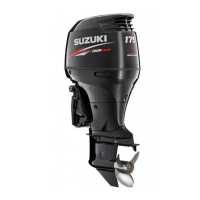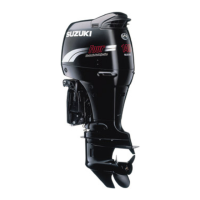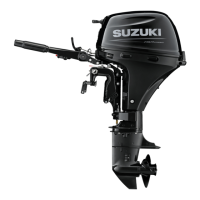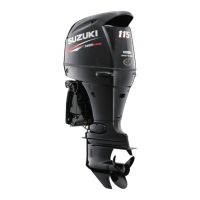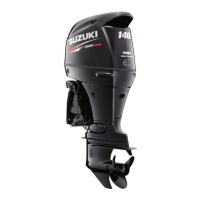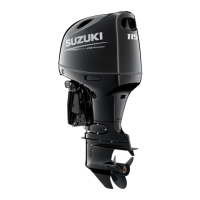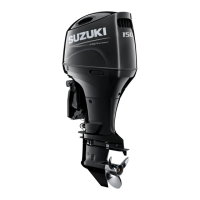Why is the propeller not rotating on my Suzuki Outboard Motor?
- TTaylor LopezSep 23, 2025
If the propeller on your Suzuki Outboard Motor is not rotating, it could be due to a worn or damaged propeller bush, a damaged drive shaft, or a damaged propeller shaft.


